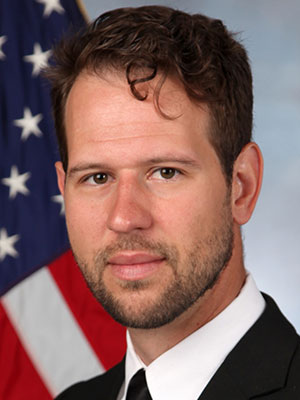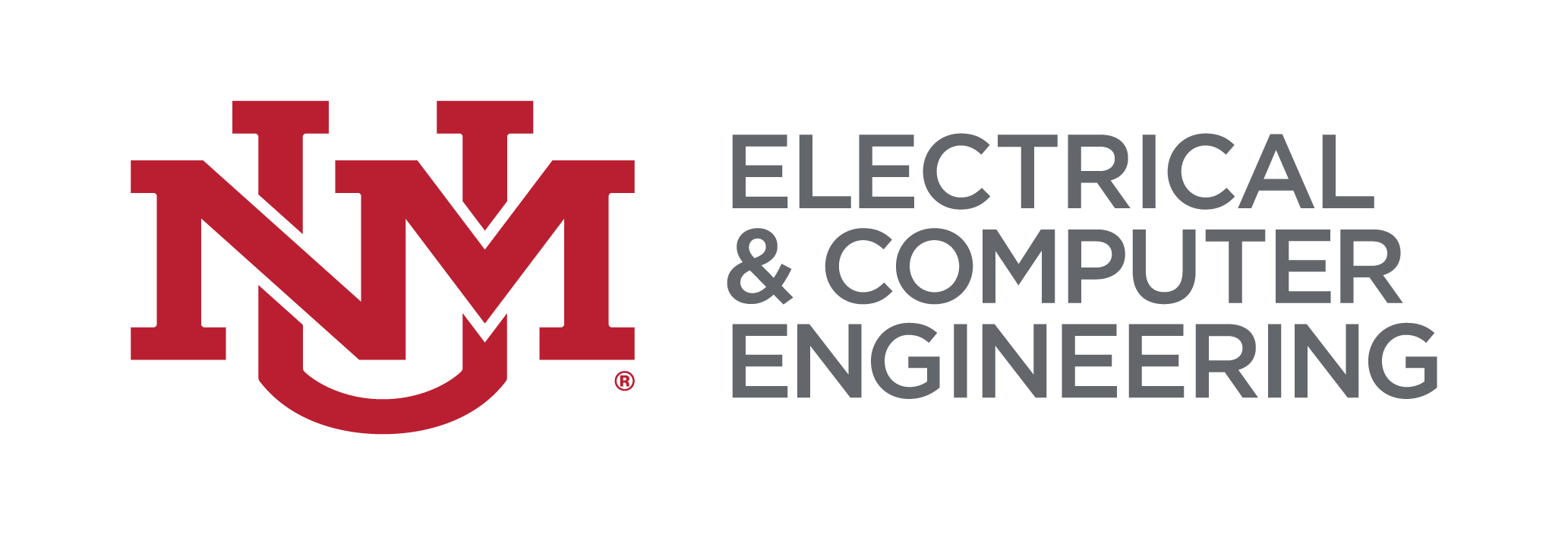Recent News
November 7 seminar: Bradley Ratliff
November 5, 2025
October 31 seminar: Adarsh Venkataramani
October 29, 2025
October 24 seminar: Jon Loftin
October 21, 2025
UNM professor Milad Marvian receives DOE Early Career Research Award
October 17, 2025
News Archives
Design of Feedback Control Returns This Spring!
February 20, 2019
 Sean Phillips sees a bright future in feedback control systems. "Control design has its foot in almost every aspect of engineering," he said, pointing to driverless cars, satellites, rockets, robotics and bio-medical applications.
Sean Phillips sees a bright future in feedback control systems. "Control design has its foot in almost every aspect of engineering," he said, pointing to driverless cars, satellites, rockets, robotics and bio-medical applications.
Phillips will be teaching "ECE 446: Design of Feedback Control System" again this spring in room 311 of the ECE building. The class will take place on Tuesday and Thursday from 5-6:15 pm. Please click this sentence to view the syllabus for the class.
"This class would be very useful for students who are interested in pursuing a career in the automotive, aircraft/space, laboratory, robotics, or networked systems fields," said Phillips.
"This class would also benefit those that are interested in graduate school as I will be introducing advanced methods for control design. Without going into the gritty details, I will provide the students with tools and methods that they can use to model and design feedback controllers."
Dr. Sean Phillips is a Research Mechanical Engineer at the Air Force Research Laboratory in the Space Vehicles Directorate.
Please click this sentence to read his CV!
Feedback control systems are an analytical method found in many applications across all engineering applications where a system need to be regulated to perform some actions or track a signal.
Feedback control systems take a measurement output from a system (like GPS, Speedometer, or IMU Sensors which provide position, velocity and attitude, respectively) to design an algorithm to control an actuator (like, wheel torques, steering angles, etc) to drive the system to satisfy some requirements.
 For instance, a simple cruise control uses a feedback controller to take the actual velocity, the inclination of the car and the speed set by the driver to force the vehicle to maintain that set speed as accurately as possible. Along these lines, control applications will have a larger role in future of technologies, as more types of efficient, inexpensive and accurate sensors become available this leads to more advanced forms of control design methods.
For instance, a simple cruise control uses a feedback controller to take the actual velocity, the inclination of the car and the speed set by the driver to force the vehicle to maintain that set speed as accurately as possible. Along these lines, control applications will have a larger role in future of technologies, as more types of efficient, inexpensive and accurate sensors become available this leads to more advanced forms of control design methods.
“Its all about designing an algorithm with the information that you can measure to actuate the system under some constraints,” said Phillips.
Please contact Dr Phillips if you have any further questions about his class or how to register.
His e-mail is: sean.a.phill@gmail.com

